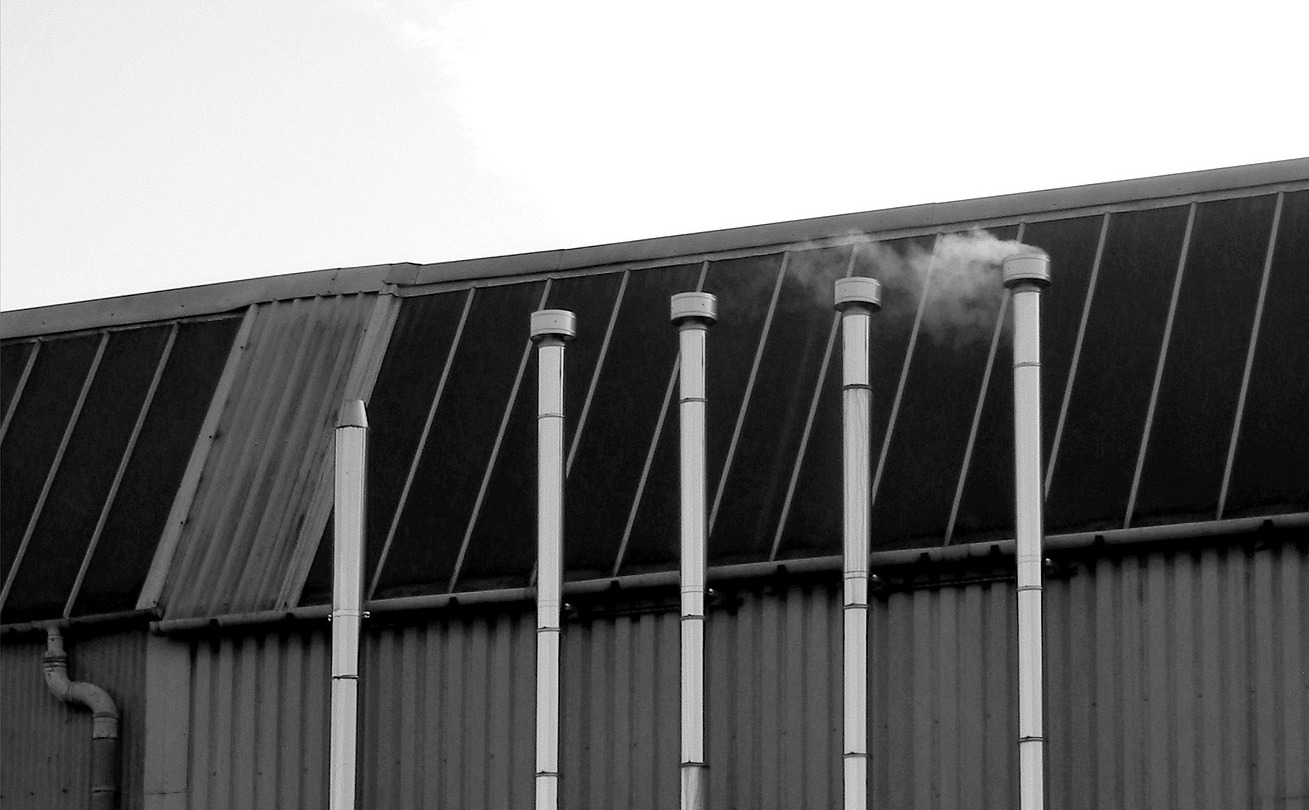Patent glazing
The term ‘patent glazing’ refers to a non-load bearing, two-edge support cladding system. Its name relates to the number of patents that were taken out in the 19th and 20th centuries for different versions of the system.
Patent glazing bars provide continuous support along two edges of glazing infill panels, and are fixed back to the main structure of the building. This system supports its own weight, and provides resistance to wind and snow loading, but does not contribute to the stability of the primary structure of the building.
Patent glazing is a dry glazing system in which the patent glazing bars are drained and ventilated.
The earliest systems were typically manufactured from a steel section, covered with lead. However, the development of aluminium manufacturing during the second world war, and the clear advantage of the material in terms of weight and cost resulted in aluminium becoming the main manufacturing material in the 1950’s and 60’s.
Modern patent glazing systems are typically formed by aluminium T or box section patent glazing bars which provide continuous support along two edges of infill panels such as single or double glazing or composite panels. The glazing bars are fixed back to the main structure of the building.
Channels within the patent glazing bars collect rainwater that penetrates through the outer bead, or condensation that accumulates within the bar, and drain this to the outside.
Typically, aluminium patent glazing bars are available in lengths up to 7 or 8m, but beyond 3 to 6m, they generally need intermediate support, depending on their section size, anticipated loads and the weight of the infill panels.
Patent glazing can offer a more economical alternative to four-edge support curtain walling, particularly in situations where glazing needs to be installed at an angle, such as in a glass roofs.
Guidance for the design and installation of patent glazing is provided in BS 5516-1:2004 Patent glazing and sloping glazing for buildings. Code of practice for design and installation of sloping and vertical patent glazing.
Design and installation considerations might include:
- Maximum required span.
- Supporting structure.
- Access for maintenance.
- Requirement for opening roof lights to allow natural ventilation and smoke ventilation.
- Use of laminated glass to prevent glass falling in the event of breakage.
- Movement.
- Drainage (typically, a pitch of at least 15° is required to ensure rainwater run-off).
- Acoustic performance.
- Security.
- Heat accumulation and shading.
- Wind, snow and maintenance loads.
- The pressure difference across the patent glazing.
[edit] Related articles on Designing Buildings
Featured articles and news
Government consultations for the summer of 2025
A year of Labour, past and present consultations on the environment, the built environment, training and tax.
CMA competitiveness probe of major housing developers
100 million affordable housing contributions committed with further consultation published.
Homes England supports Greencore Homes
42 new build affordable sustainable homes in Oxfordshire.
Zero carbon social housing: unlocking brownfield potential
Seven ZEDpod strategies for brownfield housing success.
CIOB report; a blueprint for SDGs and the built environment
Pairing the Sustainable Development Goals with projects.
Types, tests, standards and fires relating to external cladding
Brief descriptions with an extensive list of fires for review.
Latest Build UK Building Safety Regime explainer published
Key elements in one short, now updated document.
UKGBC launch the UK Climate Resilience Roadmap
First guidance of its kind on direct climate impacts for the built environment and how it can adapt.
CLC Health, Safety and Wellbeing Strategy 2025
Launched by the Minister for Industry to look at fatalities on site, improving mental health and other issues.
One of the most impressive Victorian architects. Book review.
Common Assessment Standard now with building safety
New CAS update now includes mandatory building safety questions.
RTPI leader to become new CIOB Chief Executive Officer
Dr Victoria Hills MRTPI, FICE to take over after Caroline Gumble’s departure.
Social and affordable housing, a long term plan for delivery
The “Delivering a Decade of Renewal for Social and Affordable Housing” strategy sets out future path.
A change to adoptive architecture
Effects of global weather warming on architectural detailing, material choice and human interaction.
The proposed publicly owned and backed subsidiary of Homes England, to facilitate new homes.
How big is the problem and what can we do to mitigate the effects?
Overheating guidance and tools for building designers
A number of cool guides to help with the heat.
The UK's Modern Industrial Strategy: A 10 year plan
Previous consultation criticism, current key elements and general support with some persisting reservations.
Building Safety Regulator reforms
New roles, new staff and a new fast track service pave the way for a single construction regulator.

























